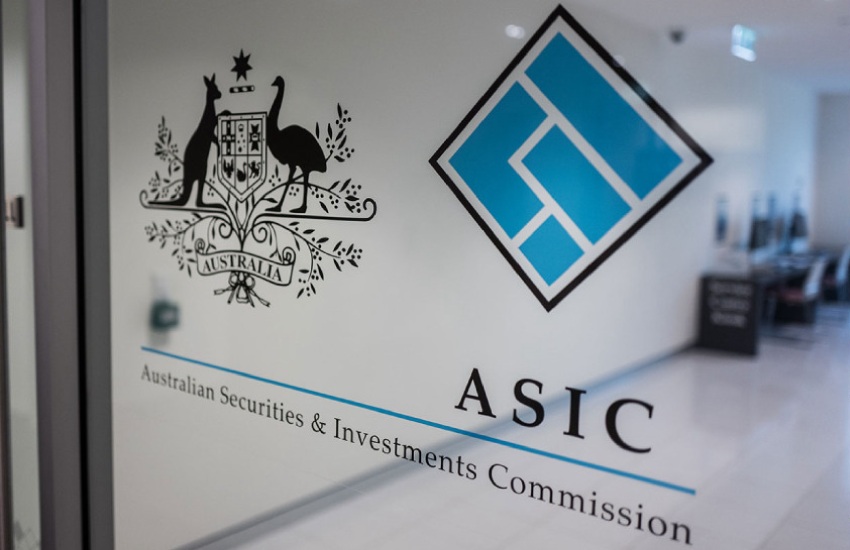ASIC has announced it will begin publishing the individual percentage findings for each of the major audit firms, one step further than its usual practice of revealing the average percentage across the six largest firms.
You’re out of free articles for this month
It will also shorten the time frame for its next inspection period, with results for the last 12 months set to be released by the end of the year, down from the usual 18-month period.
“ASIC acknowledges that while audit firms have made efforts to improve the quality and consistency of audits, we believe inspection findings show that there is a need for further improvement and for firms to consider new initiatives to improve quality,” an ASIC spokesperson told Accountants Daily.
“Our next public audit inspection report — which are released on a regular basis — will be for the 12 months to 30 June 2019, and we would expect to issue that in December 2019.
“We will be publishing the individual percentage findings for each of the major audit firms.”
ASIC’s move comes after the six largest audit firms revealed their individual audit results to Accountants Daily earlier this year.
The corporate regulator found that one in five audits conducted by the six largest firms did not receive reasonable assurance that the company’s financial report was free from material misstatement.
PwC first volunteered its results at 12 per cent, followed by EY at 22 per cent, KPMG at 21 per cent, Deloitte at 32 per cent, Grant Thornton at 20 per cent and BDO at 8 per cent.
The decision of ASIC to name and shame firms also follows the Financial Reporting Council’s criticism of the current state of auditor disciplinary functions, recommending that ASIC publish individual results to improve transparency and push firms to improve the quality of their audits.
More recently, an inquiry into the regulation of auditing has been established, with the quality of audits, and the adequacy and effectiveness of enforcement by regulators, set to undergo scrutiny.
A parliamentary committee has also called for a new measure to generate results which are comparable over time to reflect changes in audit quality. This is separate to the regulator’s current audit inspection program which the committee notes is “risk-based”.
Such a new measure has been backed by the largest audit firms, who believe that the current inspection program does not give a fair view of a firm’s overall audit quality.
Jotham Lian
AUTHOR
Jotham Lian is the editor of Accountants Daily, the leading source of breaking news, analysis and insight for Australian accounting professionals.
Before joining the team in 2017, Jotham wrote for a range of national mastheads including the Sydney Morning Herald, and Channel NewsAsia.
You can email Jotham at: This email address is being protected from spambots. You need JavaScript enabled to view it.

 Login
Login







